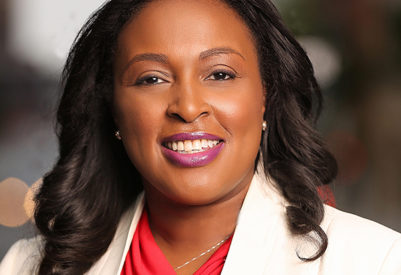
After looking at the job description for RCSD counselors, Commissioner Natalie Sheppard found it to be completely unacceptable.
To balance the scale, Commissioner Sheppard introduced a policy headed as: High School to Higher Education Institutions Policy.
“Right now, the national average (which is outdated might I add) has a ratio of 250 students to every 1 school guidance counselor,” Sheppard says. “We know, specifically for our urban districts, our students need supports in many critical areas and this ratio does not assist in efforts of excellence for our babies. We are charged to hand our kids off to their next step of greatness after their senior year. I believe this policy is going to create laser-like focus of passing our college bound students on with precision.”
The said policy below is up for vote this month.
HIGH SCHOOL TO HIGHER EDUCATION INSTITUTIONS POLICY
Context and Purpose
The Board of Education acknowledges the importance of linking High School and Higher Education Institutions to fully develop a student’s potential on their path of education. The Board recognizes the importance of improving our students’ transition from high school into institutions of higher learning that will further the education and training in their desired field. Therefore, this policy focuses on student transitions to colleges or universities. To provide students with a more individualized transition plan that is linked to the educational levels of achievement needed for different professions, the Board expects all students, regardless of socio-economic status or career choice, to complete a career and college guide plan.
This High School-to-Higher Education Institutions Policy is an essential element of the District’s mission and vision. The High School-to-Higher Education Institutions Policy, by infusing its concepts and activities into the school counselors’ duties, is an integral part of creating a system that allows youth to have a concrete plan to transition to a higher level of education after High School graduation. Essential to its success are system-wide enhancements to school counseling based on interdisciplinary research or knowledge, community partner collaboration efforts, infusion and communication of high school-to-higher education concepts of the value of transition planning as part of the educational process.
It is the intention of the Board to share District responsibility for helping all young people transition to higher learning opportunities. In addition to District personnel, the Board shall require the support and involvement of administration and school counselors. The Board will encourage the support and involvement of students, parents, higher education representatives, and a cross-section of the community to better prepare students to become productive, contributing members of society by assisting with creating a culture that promotes a higher level of education.
The High School-To-Higher Education Institutions Policy is designed to:
• prepare young people to select their desire of next steps beyond high school with efforts to expose them to various colleges and careers
• provide young people with the necessary knowledge of the college enrollment process for the purpose of creating a concrete plan to pursue higher level education required by their career choice.
Measures and Standards:
• Every student in grades nine through twelve will be required to complete the RCSD college and career guide, receiving the necessary supports needed to assist with completion.
• District administration will be required to make collaborative efforts with community partners in assisting with the changes covered in this policy.
• The number of students completing a college application by the end of their senior year of high school will be tracked.
• The number of students completing college scholarship award applications and the FAFSA process will be tracked.
The key features of the system are as follows:
1. Utilization of a detailed guide which outlines yearly steps for students and/or their guardian(s) to follow as a checklist for completion of requirements for graduation;
2. Dissemination of college and career choice information;
3. Structured exposure opportunities that provide all youth with college and career information (this can include fairs, college/university campus visits, and other opportunities);
4. Creation by District administration of a coordinated effort for collaboration with community partners that is linked to schools and relies on students, parents, mentors, youth advocates and social service agencies to assist youth;
5. Choice of a direction in which students would like to take their education by the end of their ninth grade year, and annual check-ins thereafter in compliance with State Regulations.
Policy Monitoring and Evaluation
Several different constituencies will be involved in policy monitoring and evaluation.The monitoring and evaluation framework will be reviewed by the Superintendent of Schools and appropriate District staff, and the Board’s Excellence in Student Achievement Committee. The Superintendent of Schools will prepare and present to the Board an annual formal progress report on implementation of this High School-To-Higher Education Institutions Policy as it relates to the measures and standards of the Policy.





